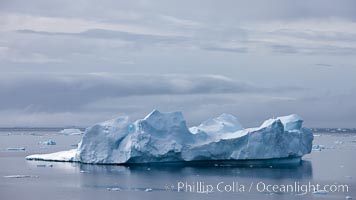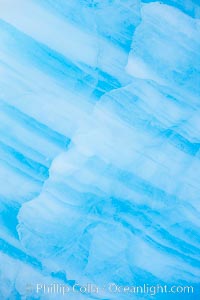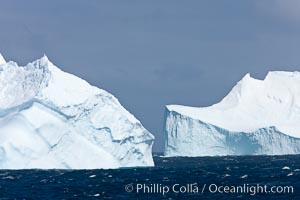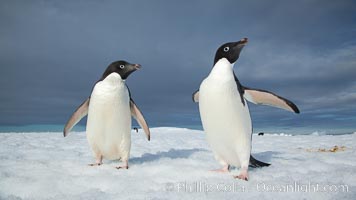
Two Adelie penguins, holding their wings out, standing on an iceberg.
Species: Adelie penguin, Pygoscelis adeliae
Location: Paulet Island, Antarctic Peninsula, Antarctica
Image ID: 25014
Species: Adelie penguin, Pygoscelis adeliae
Location: Paulet Island, Antarctic Peninsula, Antarctica
Image ID: 25014
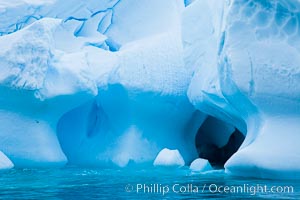
Antarctic icebergs, sculpted by ocean tides into fantastic shapes.
Location: Cierva Cove, Antarctic Peninsula, Antarctica
Image ID: 25502
Location: Cierva Cove, Antarctic Peninsula, Antarctica
Image ID: 25502
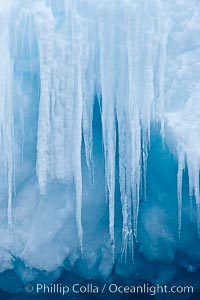
Icicles and melting ice, hanging from the edge of an blue iceberg. Is this the result of climate change and global warming?.
Location: Brown Bluff, Antarctic Peninsula, Antarctica
Image ID: 24799
Location: Brown Bluff, Antarctic Peninsula, Antarctica
Image ID: 24799
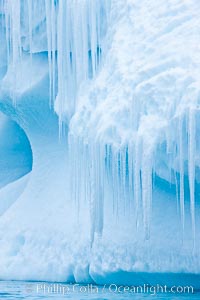
Icicles and melting ice, hanging from the edge of an blue iceberg. Is this the result of climate change and global warming?.
Location: Brown Bluff, Antarctic Peninsula, Antarctica
Image ID: 24800
Location: Brown Bluff, Antarctic Peninsula, Antarctica
Image ID: 24800
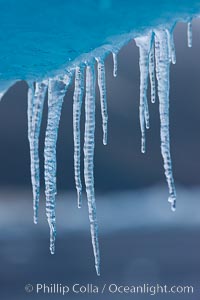
Icicles and melting ice, hanging from the edge of an blue iceberg. Is this the result of climate change and global warming?.
Location: Brown Bluff, Antarctic Peninsula, Antarctica
Image ID: 24803
Location: Brown Bluff, Antarctic Peninsula, Antarctica
Image ID: 24803
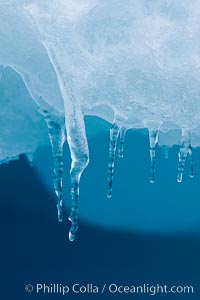
Icicles and melting ice, hanging from the edge of an blue iceberg. Is this the result of climate change and global warming?.
Location: Brown Bluff, Antarctic Peninsula, Antarctica
Image ID: 24804
Location: Brown Bluff, Antarctic Peninsula, Antarctica
Image ID: 24804
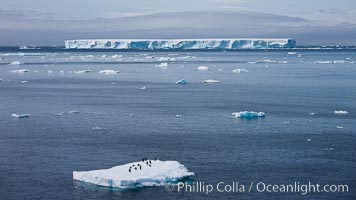
Small ice floe with penguins, with a large tabular iceberg in the distance, Antarctic Sound.
Location: Antarctic Sound, Antarctic Peninsula, Antarctica
Image ID: 24807
Location: Antarctic Sound, Antarctic Peninsula, Antarctica
Image ID: 24807
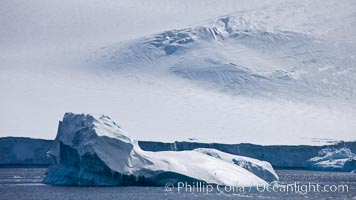
Iceberg and snow-covered coastline, Antarctic Sound.
Location: Antarctic Sound, Antarctic Peninsula, Antarctica
Image ID: 24810
Location: Antarctic Sound, Antarctic Peninsula, Antarctica
Image ID: 24810
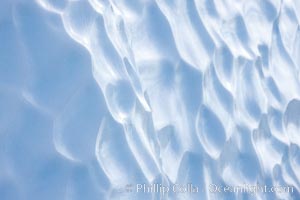
Iceberg with scalloped erosion. The eroded indentations on this iceberg were melted when this portion of the iceberg was underwater. As it melted, the iceberg grew topheavy, eventually flipping and exposing this interesting surface.
Location: Paulet Island, Antarctic Peninsula, Antarctica
Image ID: 24827
Location: Paulet Island, Antarctic Peninsula, Antarctica
Image ID: 24827
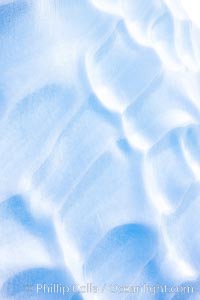
Iceberg with scalloped erosion. The eroded indentations on this iceberg were melted when this portion of the iceberg was underwater. As it melted, the iceberg grew topheavy, eventually flipping and exposing this interesting surface.
Location: Paulet Island, Antarctic Peninsula, Antarctica
Image ID: 24828
Location: Paulet Island, Antarctic Peninsula, Antarctica
Image ID: 24828
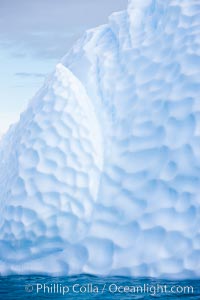
Iceberg with scalloped erosion. The eroded indentations on this iceberg were melted when this portion of the iceberg was underwater. As it melted, the iceberg grew topheavy, eventually flipping and exposing this interesting surface.
Location: Paulet Island, Antarctic Peninsula, Antarctica
Image ID: 24829
Location: Paulet Island, Antarctic Peninsula, Antarctica
Image ID: 24829
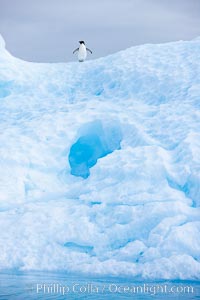
A tiny Adelie penguins stands atop an iceberg.
Species: Adelie penguin, Pygoscelis adeliae
Location: Paulet Island, Antarctic Peninsula, Antarctica
Image ID: 24830
Species: Adelie penguin, Pygoscelis adeliae
Location: Paulet Island, Antarctic Peninsula, Antarctica
Image ID: 24830
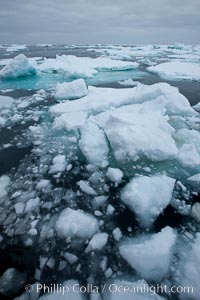
Pack ice and brash ice fills the Weddell Sea, near the Antarctic Peninsula. This pack ice is a combination of broken pieces of icebergs, sea ice that has formed on the ocean.
Location: Weddell Sea, Southern Ocean
Image ID: 24837
Location: Weddell Sea, Southern Ocean
Image ID: 24837
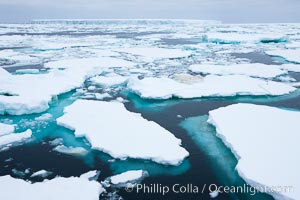
Pack ice and brash ice fills the Weddell Sea, near the Antarctic Peninsula. This pack ice is a combination of broken pieces of icebergs, sea ice that has formed on the ocean.
Location: Weddell Sea, Southern Ocean
Image ID: 24839
Location: Weddell Sea, Southern Ocean
Image ID: 24839
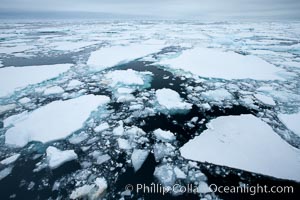
Pack ice and brash ice fills the Weddell Sea, near the Antarctic Peninsula. This pack ice is a combination of broken pieces of icebergs, sea ice that has formed on the ocean.
Location: Weddell Sea, Southern Ocean
Image ID: 24840
Location: Weddell Sea, Southern Ocean
Image ID: 24840
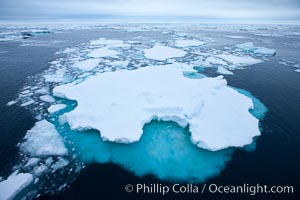
Pack ice and brash ice fills the Weddell Sea, near the Antarctic Peninsula. This pack ice is a combination of broken pieces of icebergs, sea ice that has formed on the ocean.
Location: Weddell Sea, Southern Ocean
Image ID: 24844
Location: Weddell Sea, Southern Ocean
Image ID: 24844
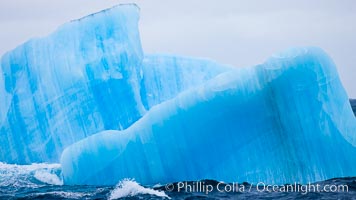
A blue iceberg. Blue icebergs are blue because the ice from which they are formed has been compressed under such enormous pressure that all gas (bubbles) have been squeezed out, leaving only solid water that takes on a deep blue color.
Location: Scotia Sea, Southern Ocean
Image ID: 24845
Location: Scotia Sea, Southern Ocean
Image ID: 24845
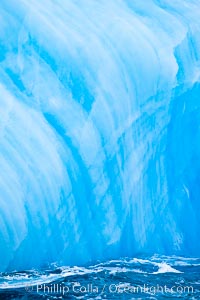
A blue iceberg. Blue icebergs are blue because the ice from which they are formed has been compressed under such enormous pressure that all gas (bubbles) have been squeezed out, leaving only solid water that takes on a deep blue color.
Location: Scotia Sea, Southern Ocean
Image ID: 24846
Location: Scotia Sea, Southern Ocean
Image ID: 24846
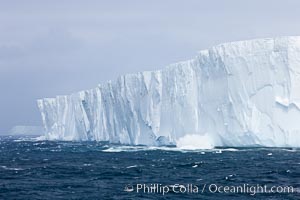
Tabular iceberg. The edge of a huge tabular iceberg. Tabular icebergs can be dozens or hundreds of miles in size, have flat tops and sheer sides.
Location: Scotia Sea, Southern Ocean
Image ID: 24847
Location: Scotia Sea, Southern Ocean
Image ID: 24847
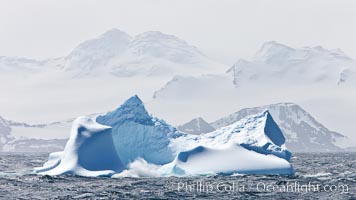
Coronation Island, is the largest of the South Orkney Islands, reaching 4,153' (1,266m) above sea level. While it is largely covered by ice, Coronation Island also is home to some tundra habitat, and is inhabited by many seals, penguins and seabirds.
Location: Coronation Island, South Orkney Islands, Southern Ocean
Image ID: 24849
Location: Coronation Island, South Orkney Islands, Southern Ocean
Image ID: 24849
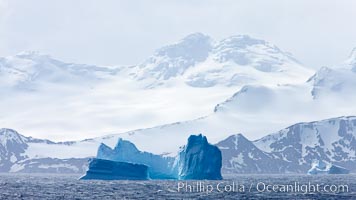
Coronation Island, is the largest of the South Orkney Islands, reaching 4,153' (1,266m) above sea level. While it is largely covered by ice, Coronation Island also is home to some tundra habitat, and is inhabited by many seals, penguins and seabirds.
Location: Coronation Island, South Orkney Islands, Southern Ocean
Image ID: 24850
Location: Coronation Island, South Orkney Islands, Southern Ocean
Image ID: 24850
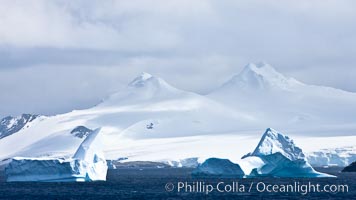
Coronation Island, is the largest of the South Orkney Islands, reaching 4,153' (1,266m) above sea level. While it is largely covered by ice, Coronation Island also is home to some tundra habitat, and is inhabited by many seals, penguins and seabirds.
Location: Coronation Island, South Orkney Islands, Southern Ocean
Image ID: 24851
Location: Coronation Island, South Orkney Islands, Southern Ocean
Image ID: 24851
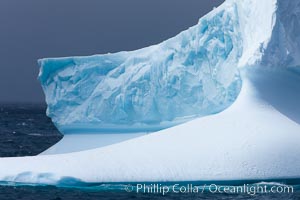
Iceberg, ocean, light and clouds. Light plays over icebergs and the ocean near Coronation Island.
Location: Coronation Island, South Orkney Islands, Southern Ocean
Image ID: 24852
Location: Coronation Island, South Orkney Islands, Southern Ocean
Image ID: 24852
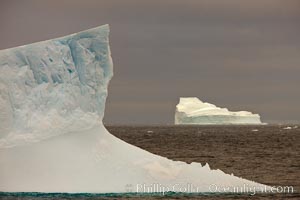
Iceberg, ocean, light and clouds. Light plays over icebergs and the ocean near Coronation Island.
Location: Coronation Island, South Orkney Islands, Southern Ocean
Image ID: 24853
Location: Coronation Island, South Orkney Islands, Southern Ocean
Image ID: 24853
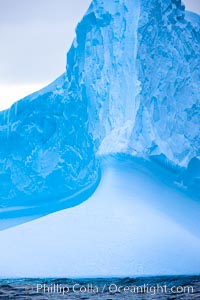
Iceberg, ocean, light and clouds. Light plays over icebergs and the ocean near Coronation Island.
Location: Coronation Island, South Orkney Islands, Southern Ocean
Image ID: 24854
Location: Coronation Island, South Orkney Islands, Southern Ocean
Image ID: 24854
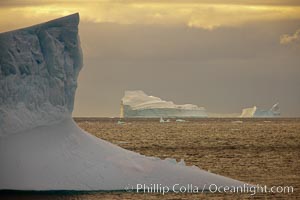
Iceberg, ocean, light and clouds. Light plays over icebergs and the ocean near Coronation Island.
Location: Coronation Island, South Orkney Islands, Southern Ocean
Image ID: 24855
Location: Coronation Island, South Orkney Islands, Southern Ocean
Image ID: 24855
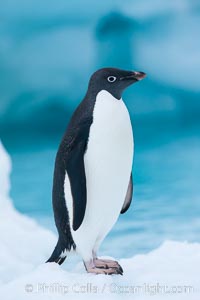
Adelie penguin on an iceberg.
Species: Adelie penguin, Pygoscelis adeliae
Location: Brown Bluff, Antarctic Peninsula, Antarctica
Image ID: 25009
Species: Adelie penguin, Pygoscelis adeliae
Location: Brown Bluff, Antarctic Peninsula, Antarctica
Image ID: 25009
